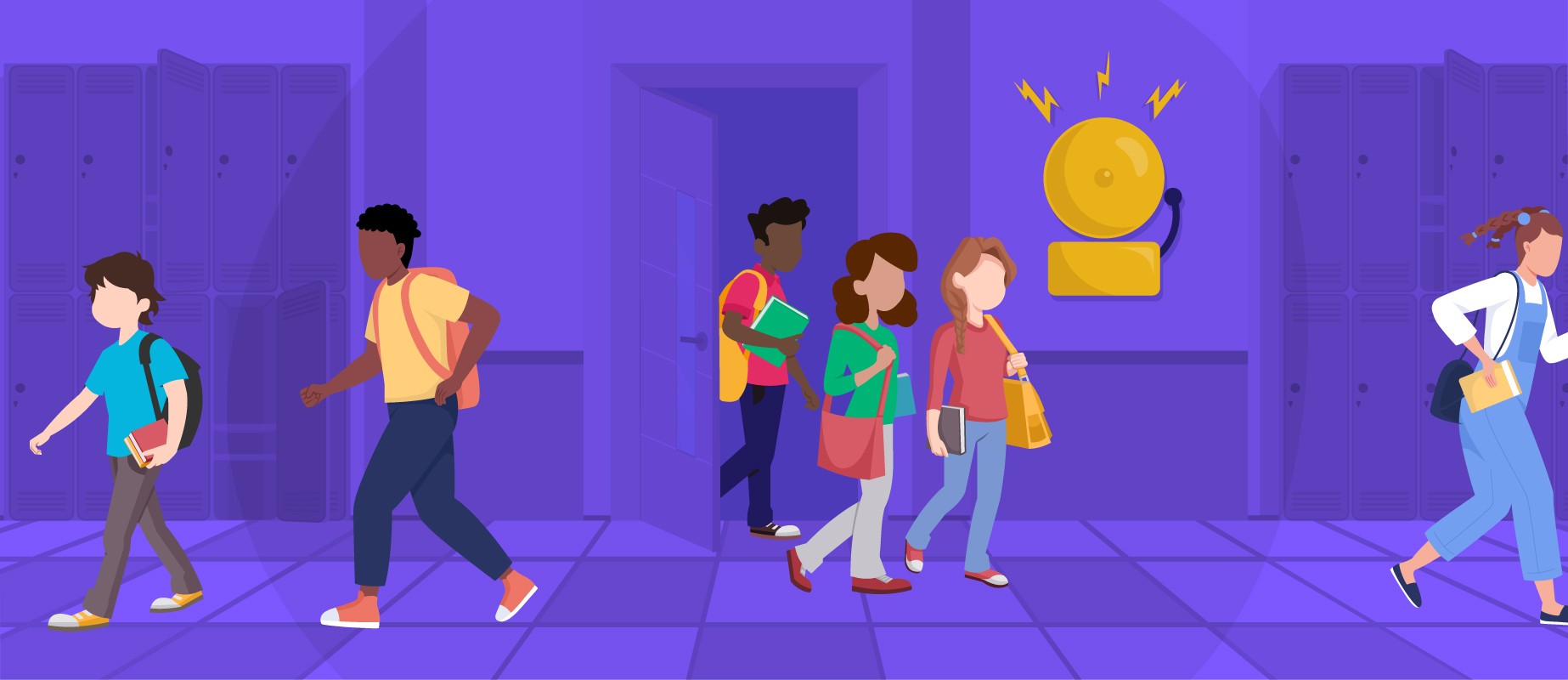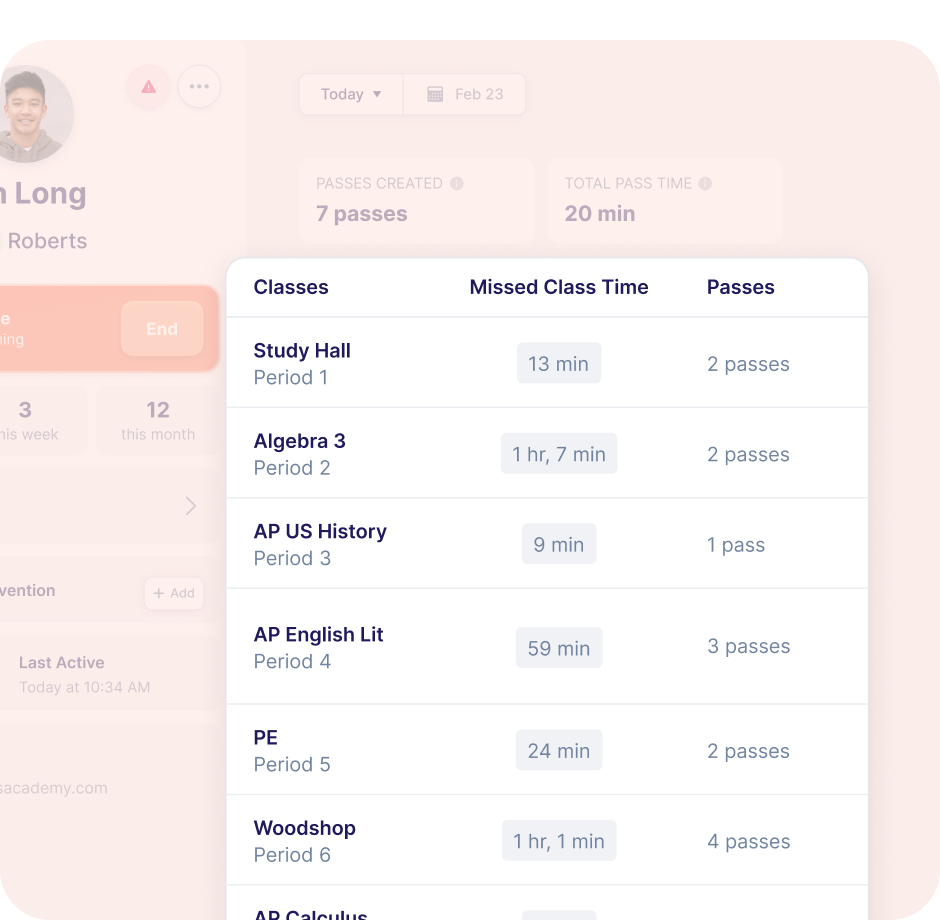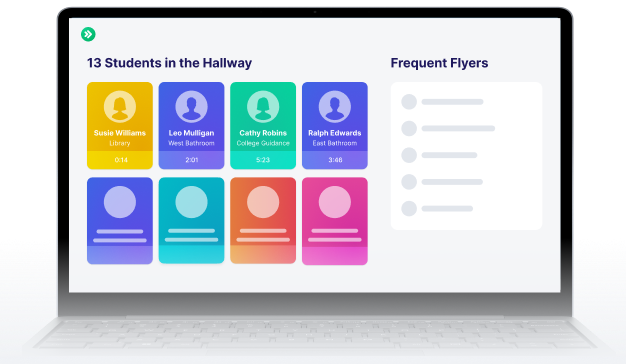In the News: Enhancing Safety in Schools Across Minnesota
Read the Story
SmartPass Co-Founders Listed on Forbes 30 Under 30
Read the Story

.avif)

Bell schedules are more than a just way to organize time—they are a structural framework that influences student learning, teacher effectiveness, operational efficiency, and even school culture. As school systems grow more complex, with varied instructional models, rotating days, and layered interventions, the humble bell schedule has become an unsung linchpin of educational logistics.
Educational researchers have long argued that time is a form of educational currency. The allocation and structuring of time within schools has measurable effects on student outcomes, teacher autonomy, and school climate.
Schools that rethink how they organize the school day and year can dramatically increase student learning, according to a report from the National Center on Time and Learning. Bell schedules determine not just when students learn—but how often, how deeply, and with what consistency.
Research has long shown that significant portions of the school day are consumed by non-instructional activities, including transitions between classes, lunch periods, and assemblies—all of which take away valuable learning time.
Meanwhile, scheduling complexity continues to rise. Schools frequently operate with:
Most SIS platforms struggle to flex in real-time, which means administrators rely on spreadsheets, static calendars, or external support—until now.
Without Schedules, you only know where a student is if they have an active pass. With a school’s complete bell schedule and all classes and rosters in SmartPass, educators have a complete picture of what’s happening in your school.
With bell schedules and class rosters integrated into SmartPass, digital hall passes are smarter and work better + faster. Here are a few ways:
SmartPass already knows the student’s hall pass history—what time of day a student left and how long they were out. And now with Schedules, we can overlay the student’s schedule onto that pass history for this incredibly impactful view!
This new data table will be visible on the Student Snapshot for all Hall Pass Pro accounts. It will show all classes over the date range, even if they have 0 minutes of missed class time for that class.

You’ll be able to know that Ian is not just missing 60 minutes of class per day. You’ll know that Ian is consistently missing Algebra. Does he have a problem with the class content? With the teacher? With a peer in that class? This data is very likely an early indicator of trouble for Ian, visible long before grades come out. And it will help you make more informed decisions about the best interventions for Ian along with his teacher(s) and parent(s).
The new SmartPass Schedule Editor was designed with three goals:
With it, admins can:
Manhattan-Ogden USD 383, Kansas
“Last summer, uploading schedules meant waiting—and our schedule wasn’t ready until the day before school started. That caused a domino effect with training.
This year, I built the schedule myself in about 10 minutes—even with 4 different regular schedules that don’t follow a clean rotation. It’ll be ready before teachers return.”
Jenny emphasized the power of SmartPass’s SIS integration:
“Our office professionals love that they can look up a student, make a pass, and never leave SmartPass. No toggling between systems.”
Lutheran West High School, Cleveland, OH
“We’re a brand-new SmartPass school, so I wanted to make the transition from paper to digital really smooth for our teachers. This made it easy to sell the value of instructional time and simplicity.
It truly is seamless… I just put our schedule in front of me and built it out. The process has been very, very easy.”
Thomas built multiple schedules and preloaded pass destinations to ensure a smooth rollout on day one.
The educational theory of “time on task”—developed in the 1980s and still widely cited today—posits that student achievement improves when students spend more time actively engaged in learning. A foundational study from the Beginning Teacher Evaluation Study highlighted the connection between instructional time, teacher clarity, and achievement outcomes.
When bell schedules are disjointed or unclear, student time on task drops. When scheduling tools are fragmented, teacher time on task drops. SmartPass addresses both.
By aligning logistics with learning, and giving educators full control, SmartPass ensures that the rhythm of the school day supports—not hinders—student success.



.jpg)